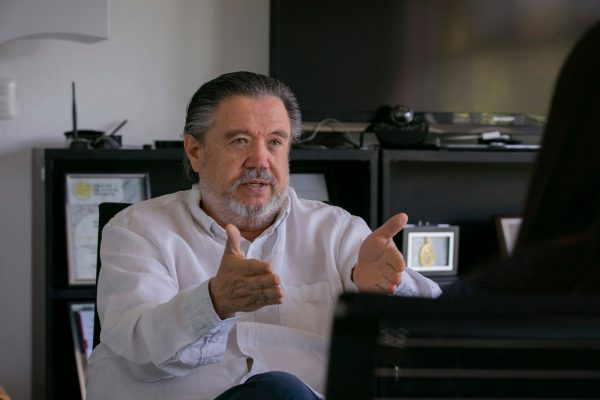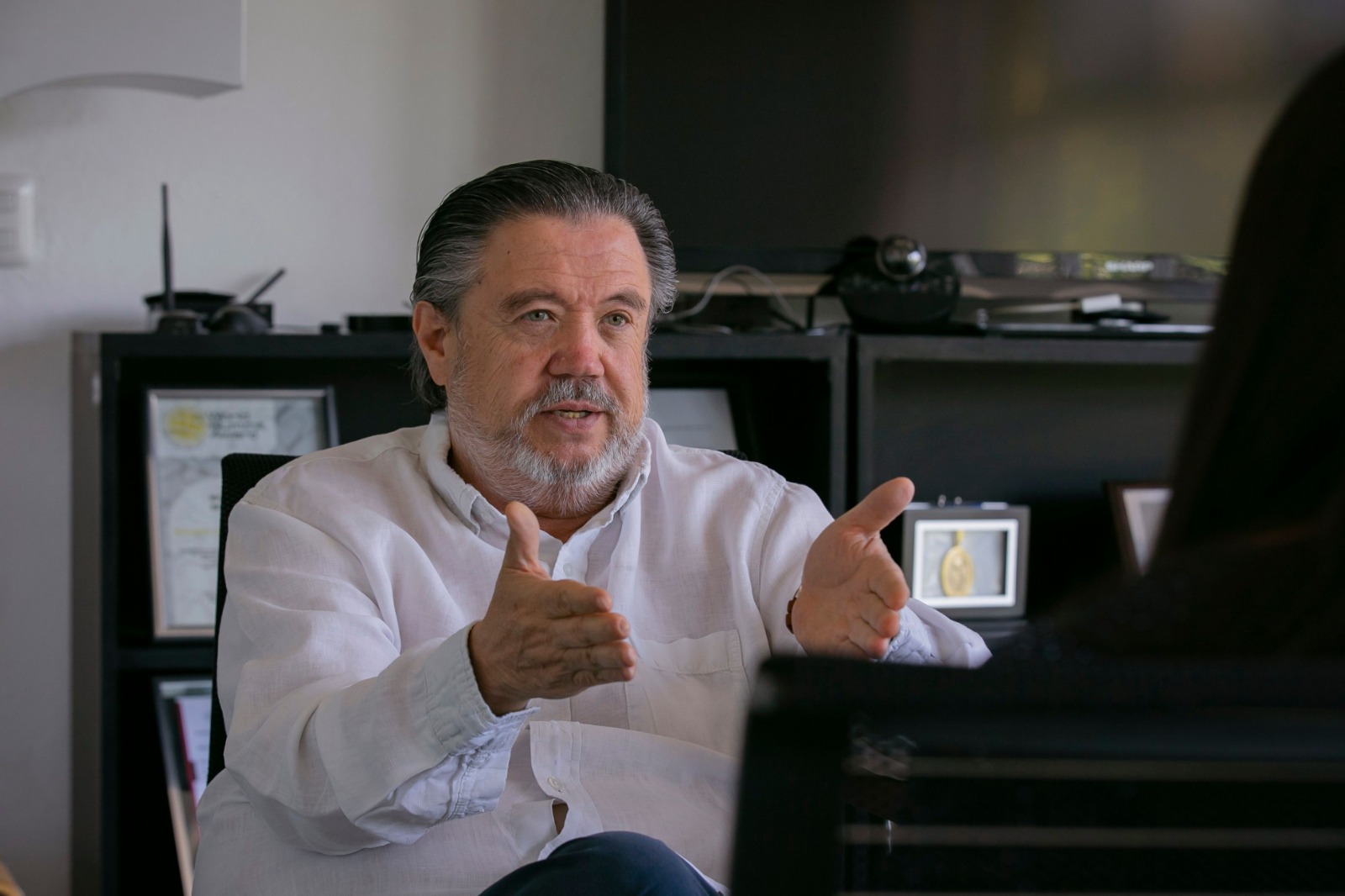Created 20 years ago as a response to the problem of free access to accredited scientific information in the field of social sciences and humanities, the Redalyc Scientific Information System of the Autonomous University of the State of Mexico (UAEM) It is a model of science as a public and public good Scientific communication and publishing is not for profit and is under the control of the Academy.

With the aim of democratizing knowledge, Redalyc scientific information system Collection of 1,583 scientific journals, of which 1171 are from the field of knowledge of social sciences and humanities; 801 thousand 324 articles from 753 institutions from 31 countries such as Mexico, Brazil, Spain, Denmark, Lithuania, Italy, Germany, Chile, Argentina, Peru and others.
General Manager and co-founder of Redalyc, Eduardo Aguado López, explained that in addition to bringing together scientific journals – the publishing format par excellence in light of the transition from print to digital – It is a learning system that allows for interoperability and content coherence.
“We do this technological development for all magazines and provide a range of important services; for example, we give them hosting, We have an open arcade channel where all metadata is openWe have an education system that is interoperable and interdependent in the world, and we operate in a structured language, with the aim of being able to connect all scientific production in the world. ceased to be a regional project and It has become a global project.” Description of Professor-Researcher in the United Arab Emirates.
Aguado López pointed out Redalyc, in addition to collecting scientific journals as well Diamond scientific journal groups, that is, they are in line with the so-called democratization of knowledge It invites the scientific community to accept the knowledge that is being contributed, even though it has already been peer-reviewed by a couple of specialists.
“It is not merely to disseminate knowledge with the aim of democratization, but to disseminate it in general with the aim that the disciplinary society itself, the knowledge society itself, will see that if what is written despite the fact that it has already undergone review by two specialists, the society itself knows and accepts it , It’s a questioning of society.” claimed.
The UAE Federation will host the Global Access to Diamond Summit from October 23-27, where editors and specialists will discuss ways to support Diamond Access. All events will be broadcast online and there will be simultaneous translation into four languages. The organizing organizations are Redalyc, UAEM, Amelica, Unesco, Clacso, UÓR, ANR, Coalition S, Opera and Science Europe.





